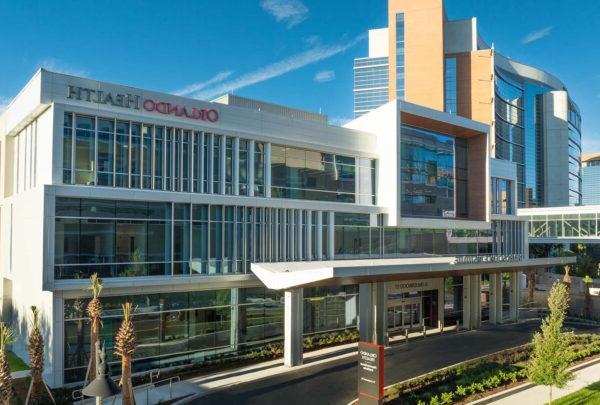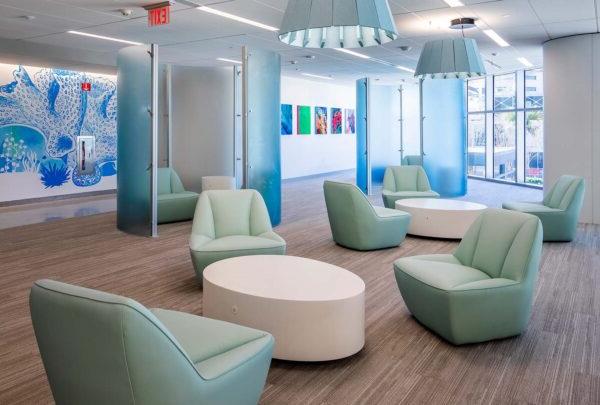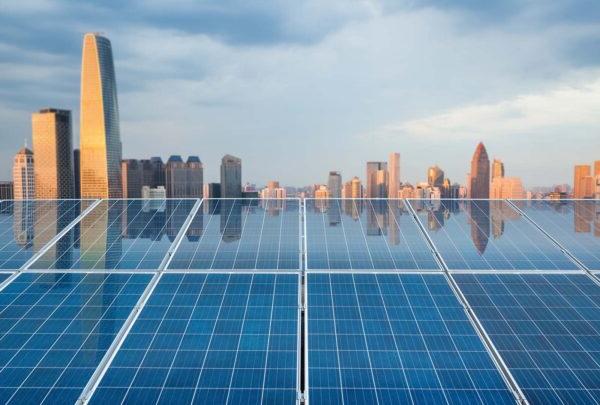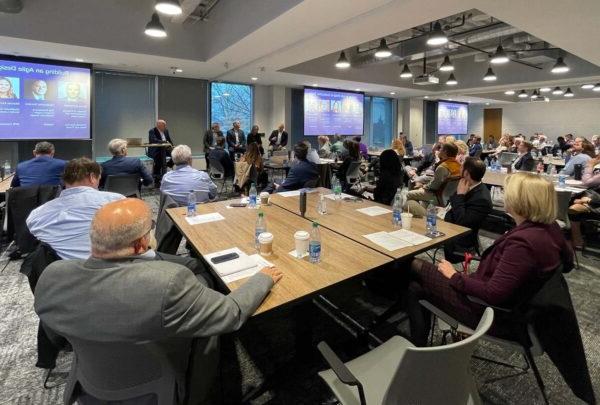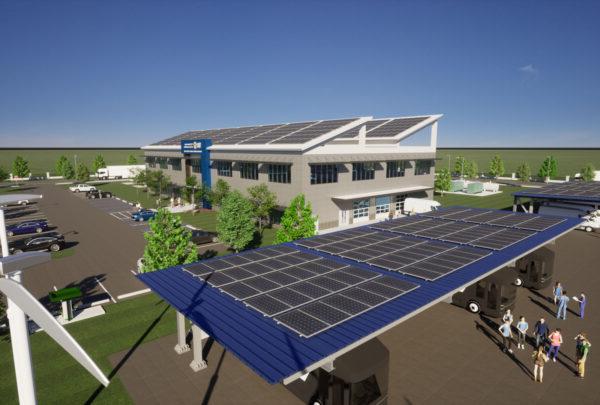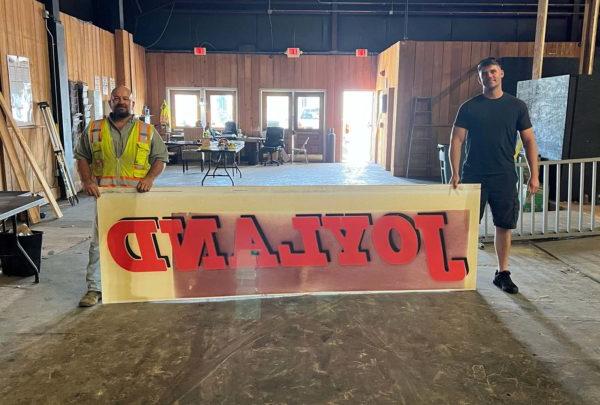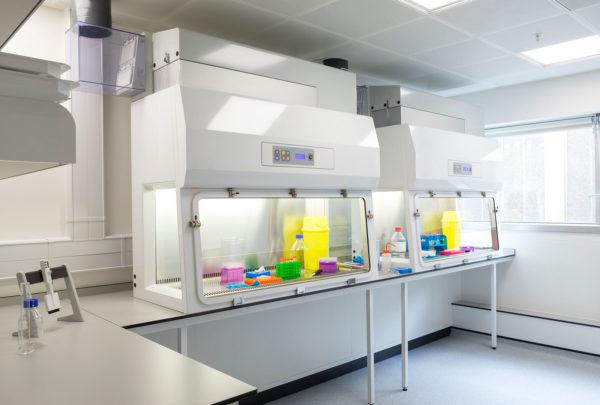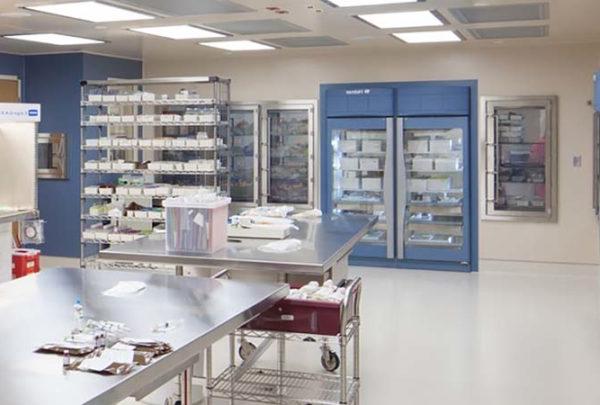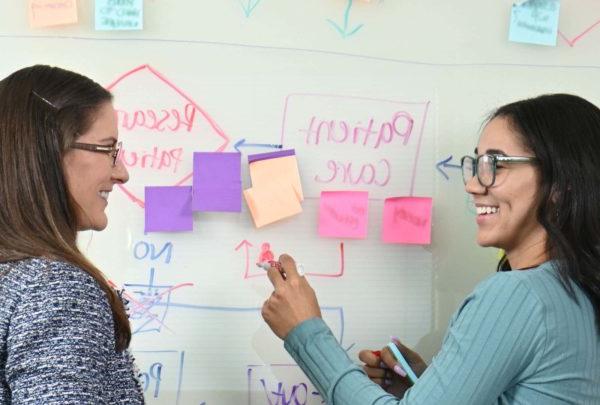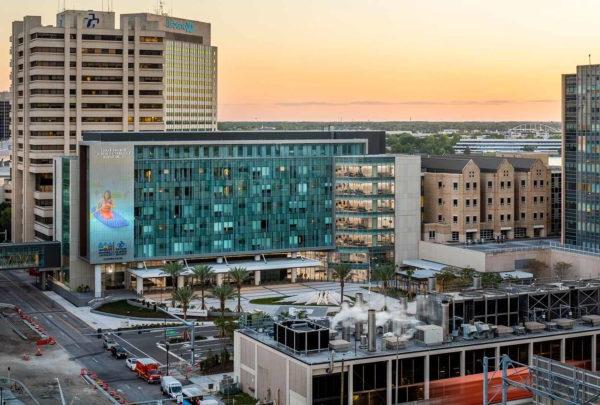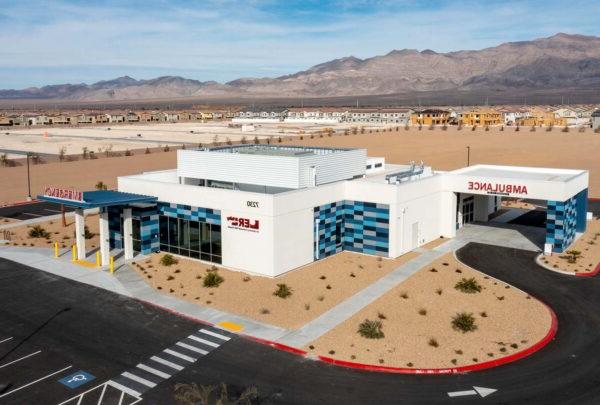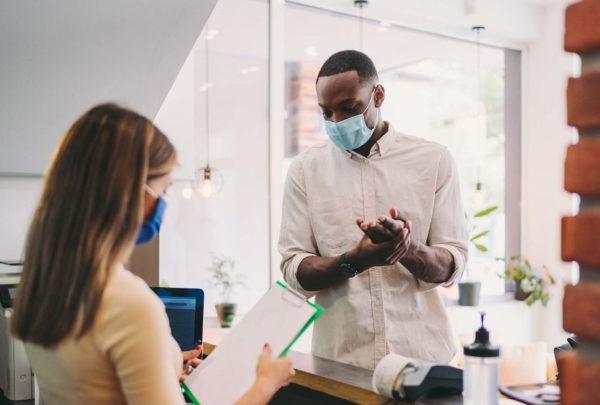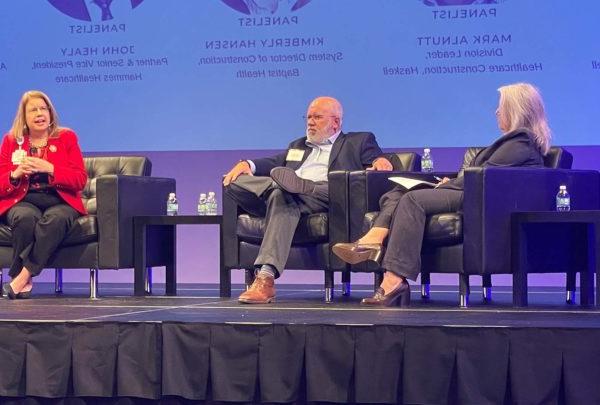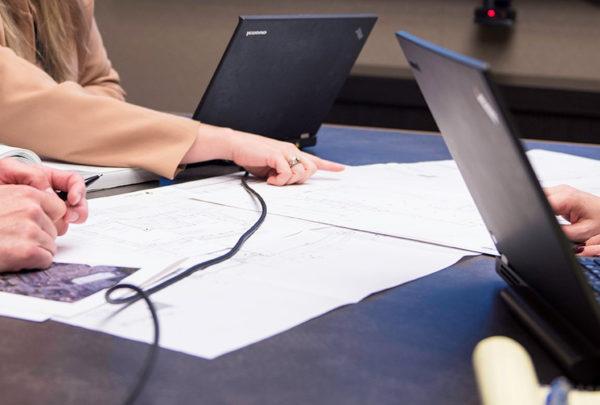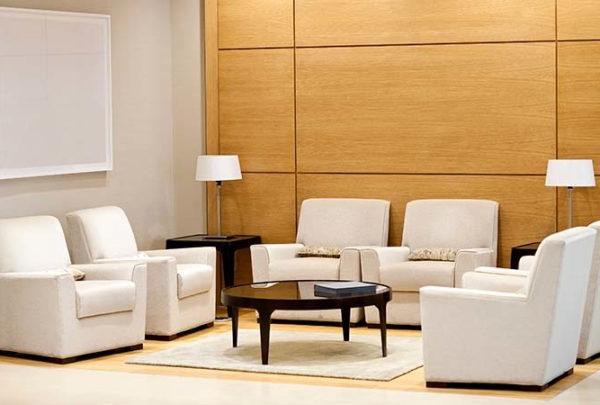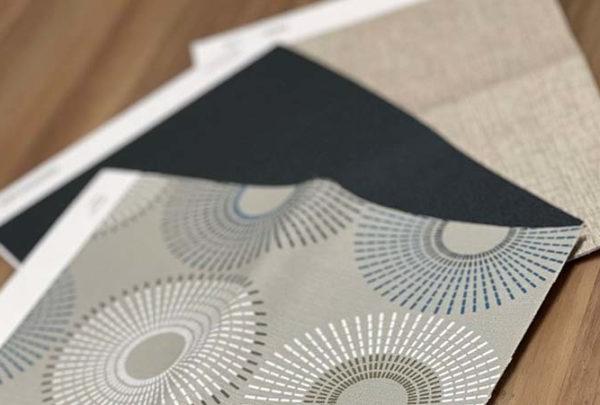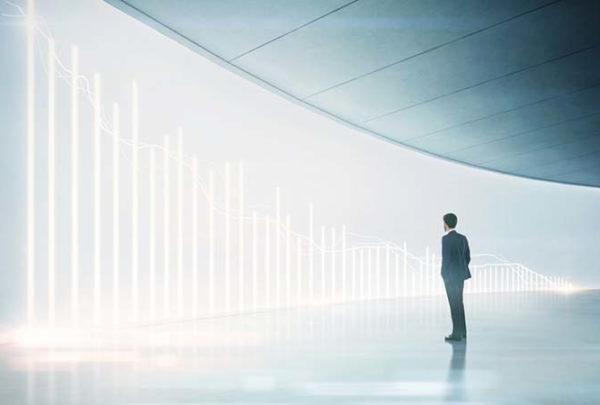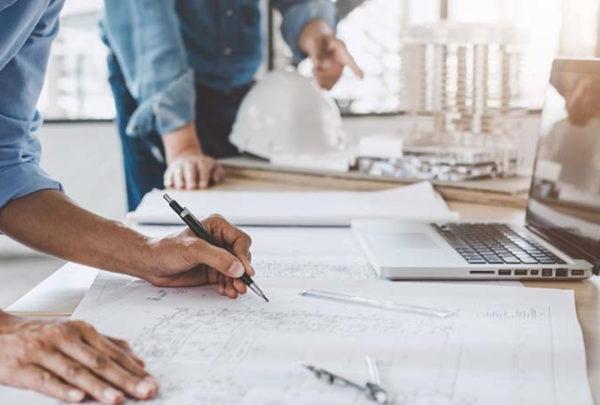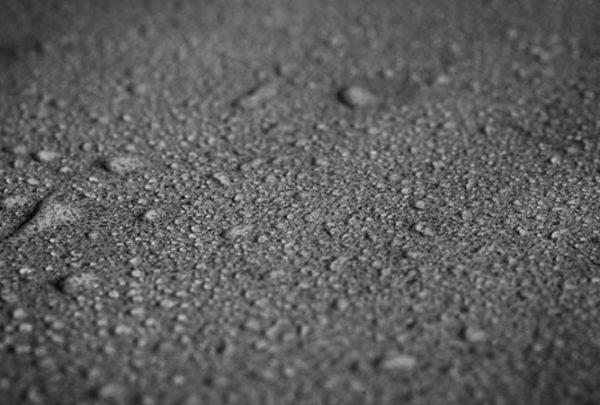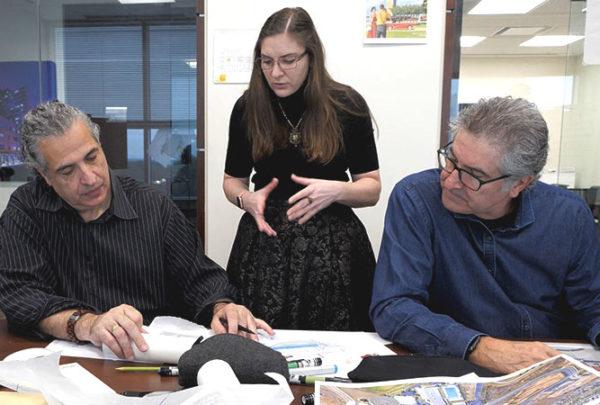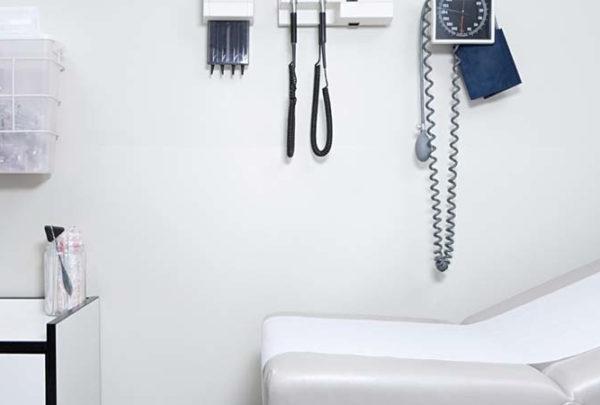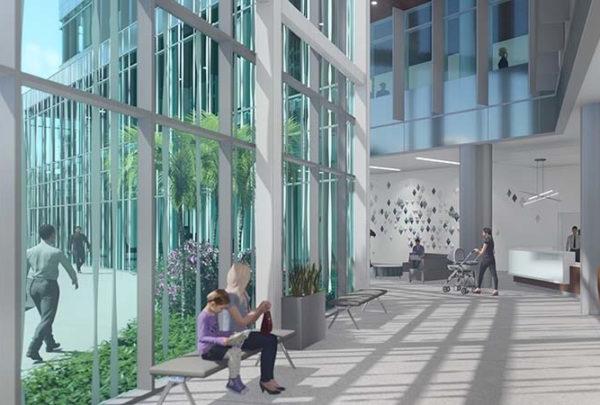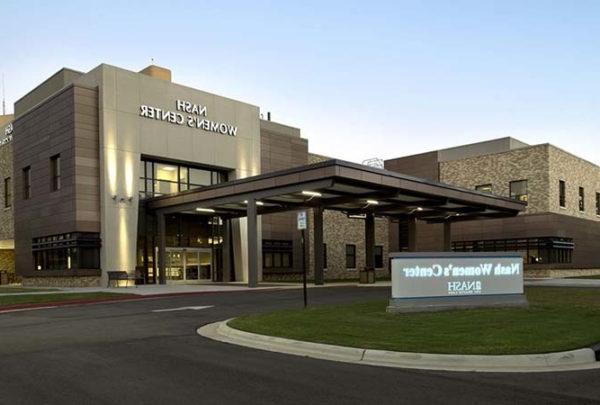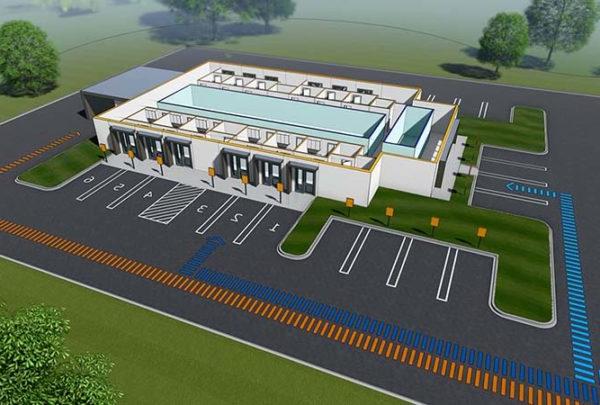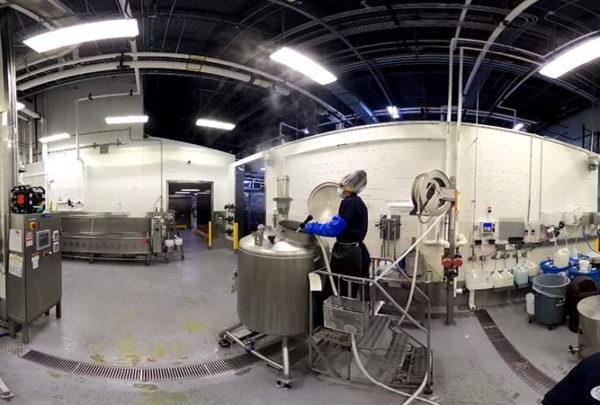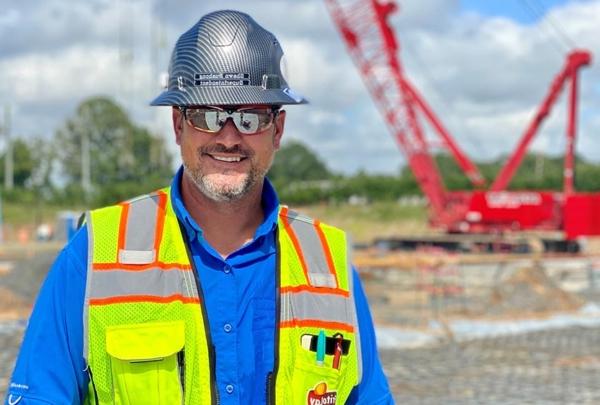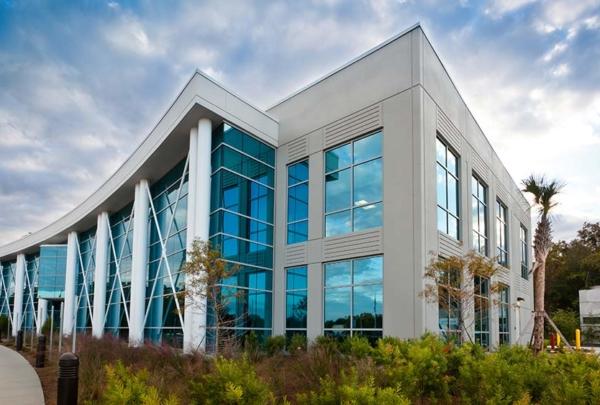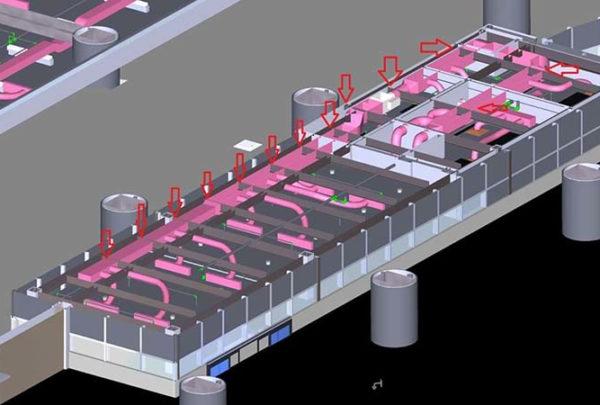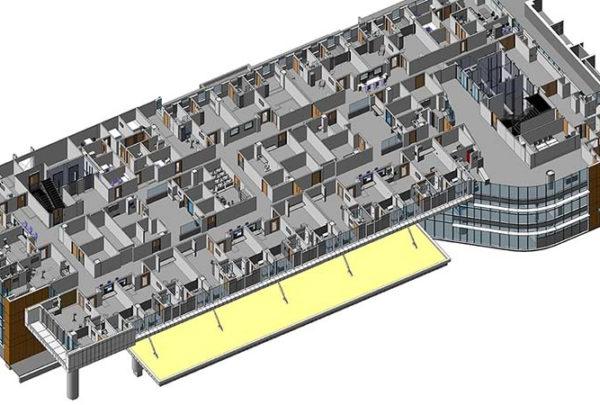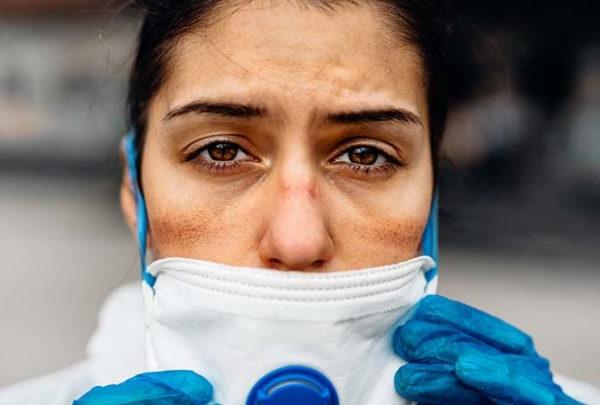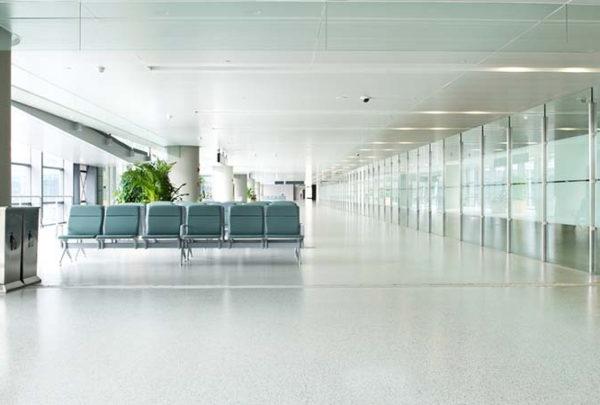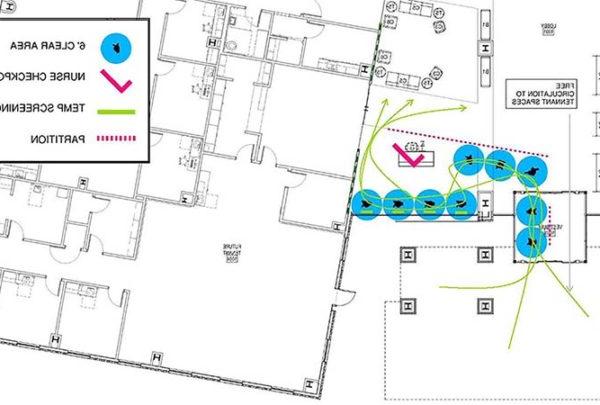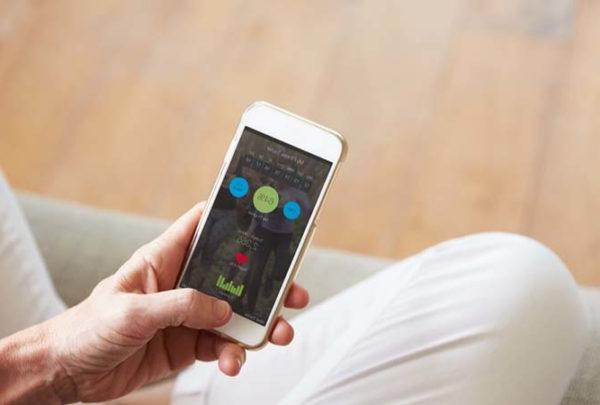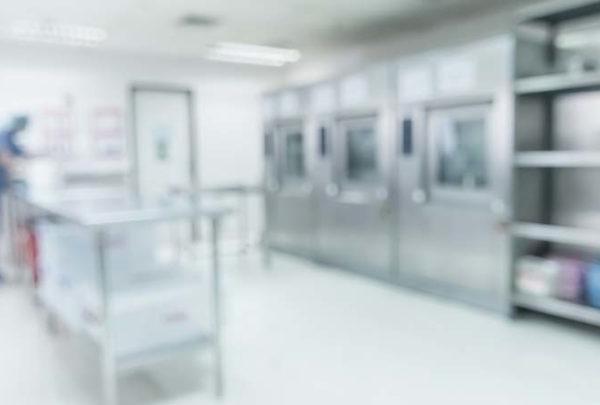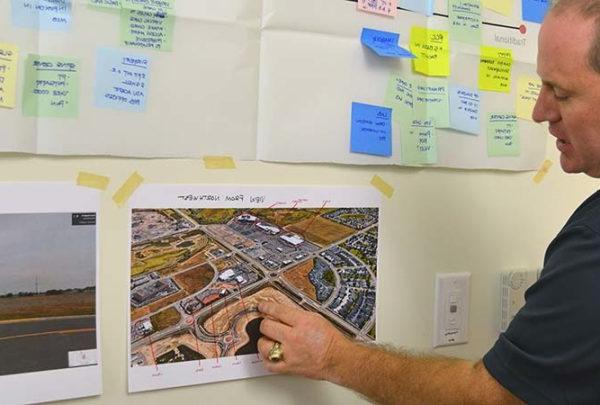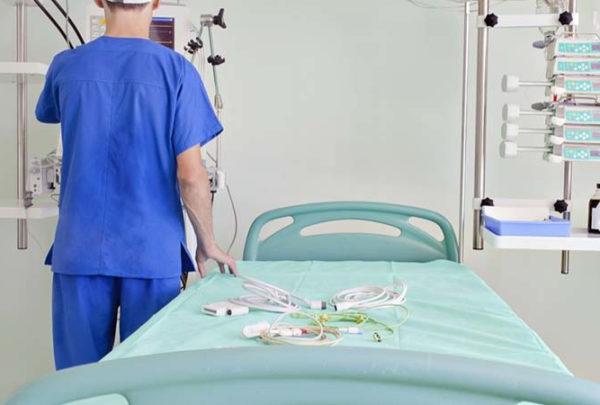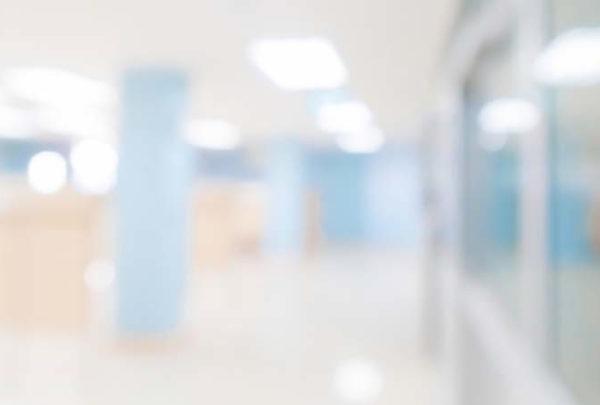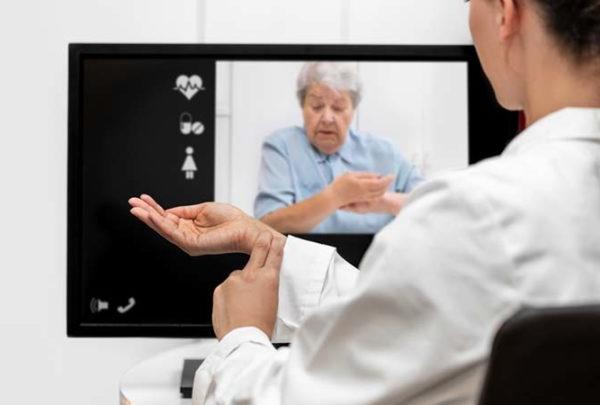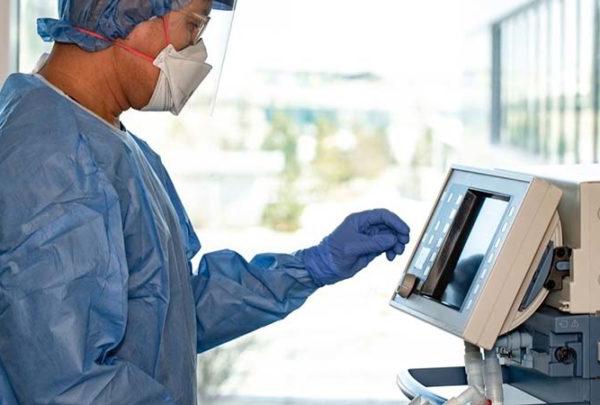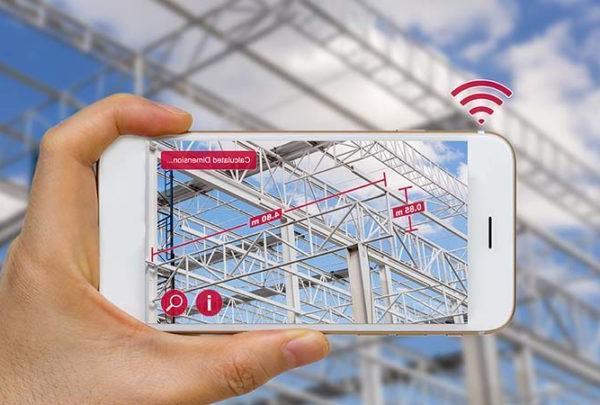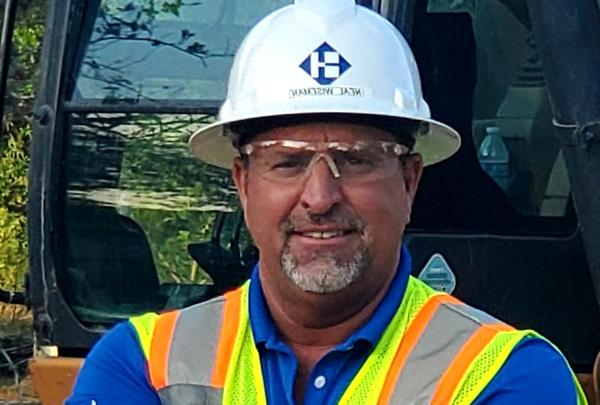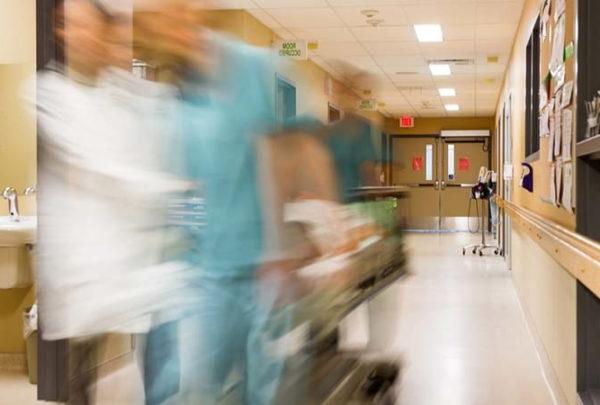There is nothing like a sudden and drastic change to make you have major epiphanies, and the social distancing measures during the COVID-19 pandemic have been a major one for me personally. My first major meltdown was only about three days in. I was in tears because I needed my coworkers, I needed hands-on collaboration, and I needed a real work environment. Moving from my sofa to my dining table to the front porch rocker was just not doing it. And I am sorry, but my husband just wasn’t cutting it for my lunchtime social need. I am spoiled compared to the healthcare workers who are tirelessly working in the hospitals, clinics, and testing centers while putting themselves and their families at risk and oftentimes in less-than-ideal work conditions. It empowers me to design and create even better work environments for our healthcare providers that ultimately will produce better patient outcomes.
The list of environmental characteristics that affect staff work environments and ultimately patient safety is actually pretty big. Below are only a few that can make an impact:
- Noise level/acoustics
- Facility standardization
- Reduction in short-term memory use
- Daylighting and lighting
- Visual stimulation
- Nurse step count
- Air quality and thermal comfort
- Work space design
- Ergonomics
- Biophilia and subconscious design
- Necessary functional areas
Of these, our current situation has emphasized the need for exceptional design of functional areas, visual stimulation, biophilia, and access to daylight/outdoors.
Functional Areas
By “functional areas” I mean providing the right work areas so providers can do their jobs effectively and efficiently. This can also do a great deal to reduce noise levels in healthcare settings. As integrated care continues with population health management, we need more collaboration areas for teams to work. And more people collaborating means more noise. But if done right, creating different types of work areas for different work functions can help control the noise levels. I compare it to the new “open-office concept.” When you create a room with no walls and put everyone next to each other with little other work space, you have a catastrophe. But if you create an open work area that is collaborative, then create smaller enclosed work areas for private conversations and “heads down” work as well as some more private meeting rooms, you have success! In healthcare, we can create provider/nurse documentation alcoves near the patient care spaces; a collaborative space (behind closed doors) that can have visual access, if needed, to other work areas or corridors; and various size meeting rooms, shared offices, or “micro” offices for quiet work. When you pair this concept with shared and hoteling work environments you can save space and maximize your revenue-generating space.
Visual Stimulation and Biophilia
This really is about our psyche and how spaces make us feel and act subconsciously. I recently visited an office where they intentionally keep their office design minimalistic with natural elements and daylight so that they, their employees, and their visitors feel comfortable and calm and feel less stressed. She said when she first made the change, she quickly noticed how people started to act calmly and feel less anxiety. In stark contrast, healthcare environments tend to be hectic, cluttered, and stressful environments. There are several tactics to improve this situation:
- Keep equipment in storage rooms when not used and create alcoves for them in corridors when used
- Minimize open shelving in work areas (storage areas should be the opposite so you can quickly identify what you need)
- Intentionally select art and its placement
- Bring in natural elements – this doesn’t have to be literal either; simply introducing organic and natural patterns and colors can trigger the mind to connect with nature and its healing abilities
- Intentionally select colors and materials – all-white walls are boring, but breaking up space with texture, pattern, and color stimulates the brain and creative thinking
Daylight and Outdoors
Our healthcare providers work long hours. By nature of life safety codes, healthcare facility regulations, construction costs, and efficiencies, patient spaces get prioritized to the building perimeter where the greatest access to daylight is. Some things can be done to help bring light into staff work spaces.
- Keep ends of corridors open with an exterior window
- Place staff lounges on an exterior wall with windows
- If possible, put shared work spaces and collaborative spaces (those that can affect the most people at once) along exterior walls with windows. This is much easier to do in clinics as opposed to IP units.
- Introduce skylights, transoms, and light wells
- Provide easy access for staff to get outside for a walk
- Use circadian rhythm lighting, especially in certain geographical areas
Daylight has numerous benefits, including but not limited to:
- Balanced circadian rhythm and improved sleep
- Vitamin D (great for the immune system!)
- Reduction in sick days
- Reduction in stress (also an immune system booster!)
- Reduction in depression – people are more cheerful and energized
- Increased productivity
- Reduction in patient LOS
- Reduction in electrical usage
The day of my meltdown and during my epiphany, I set myself up a real desk, away from the living spaces in my house so that I can focus. I located it near a window and opened the drapes, and I brought in some flowers and put some soothing pictures up on my bulletin board. They are small steps in hopefully what is a temporary phase in our lives. But healthcare environments are permanent, and the pandemic will likely change a lot about how we provide healthcare services, the design of those environments, and how patients access care.





